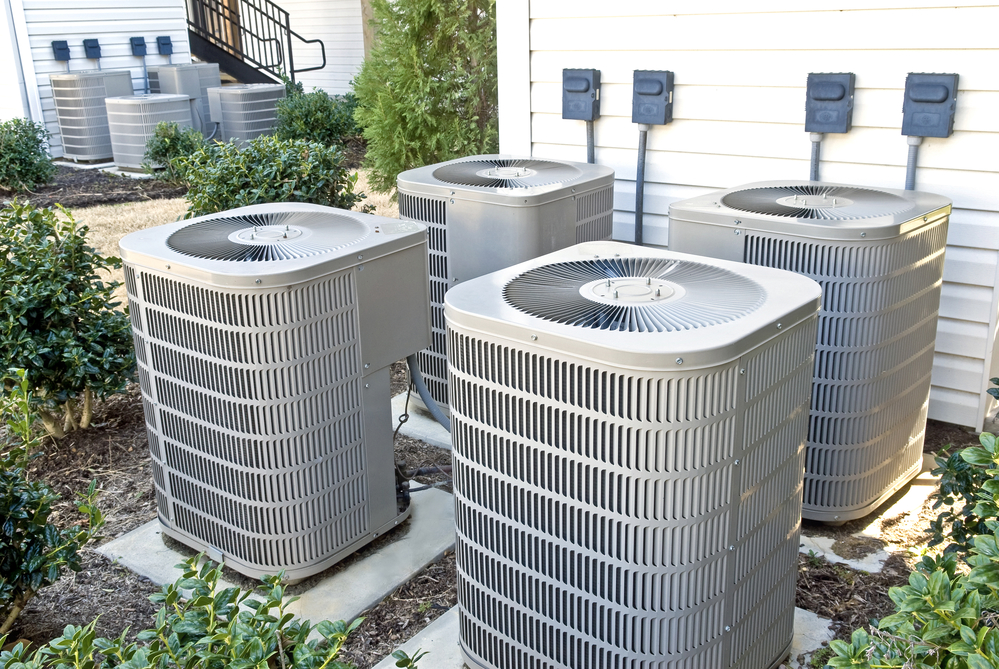Underfloor air conditioning systems provide us with an array of options to control and improve our indoor environment. Most of these systems have been installed on many commercial buildings worldwide, and they come with modularity and flexibility features, not seen on conventional ceiling-based air conditioning systems. This allows their users to quickly and easily customize their environment to suit the changing needs.
The underfloor systems have many functions which assist users to take control of their indoor environment. This enables the users to optimize their units to suit different areas, for different users, at different times.
A recent study conducted by MORI revealed that 78% of office workers desired to control their environment personally. The study further revealed that staff comfort is one of the major reasons why companies choose underfloor air conditioning systems.
Even though it is not possible to keep everyone comfortable all the time with regard to room temperature, underfloor air conditioning systems are known to keep 98% of their users comfortable. Conventional ceiling-based air conditioning systems on the other hand provide around 80% comfort to their users.
Underfloor air conditioning systems come with integrated controllers for all units and monitoring software for the entire unit. Some systems also come with apps which offer user friendly methods of controlling the indoor environment.
Some of these apps can also allow you to control the environment from a remote location. However, users are required to understand how these systems operate for them to effectively control their indoor environment.
Underfloor air distribution using these systems is mostly done in commercial buildings, especially those that house offices. The underfloor air conditioning systems utilize the plenum which is found under a raised floor and serves as the ventilation zone.
Fully conditioned air is supplied into the plenum by zonal down-flow units, and then supplied into the workspace through fan terminal units. These systems have simple, but very sophisticated controls for their users. However, they offer a superior control of indoor environments compared to conventional air conditioning systems.
